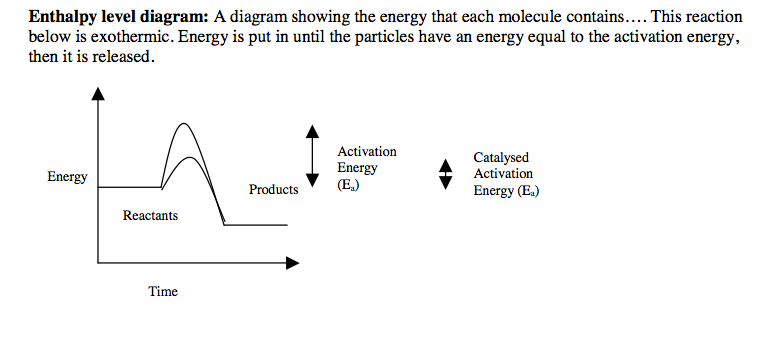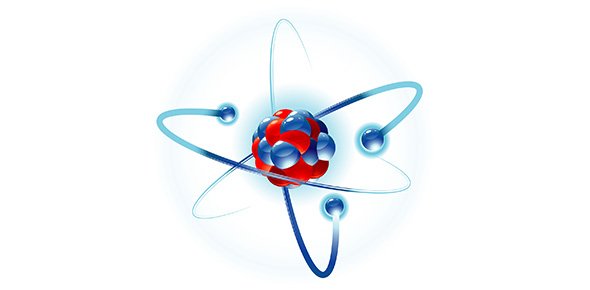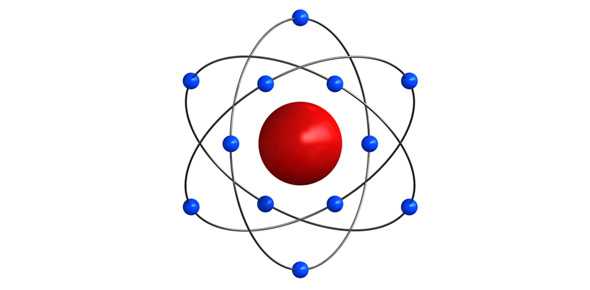Related Flashcards
Related Topics
Cards In This Set
| Front | Back |
|
5.1.1:
Define the terms exothermic reaction,
endothermic reaction and standard
enthalpy change of reaction ( ∆HÖ ) .
|
Standard enthalpy change is the heat energy
transferred under standard conditions—pressure
101.3 kPa, temperature 298 K. Only ∆H can be
measured, not H for the initial or final state of a
system.
Exothermic: A process that looses heat to the surroundings. Endothermic: A process that absorbs heat from the surroundings. Enthalpy of reaction: The amount of heat taken in or given out when one mol of substance is reacted in standard conditions. |
|
5.1.2:
State that combustion and
neutralization are exothermic
processes.
|
State.
|
|
5.1.3:
Apply the relationship between
temperature change, enthalpy change
and the classification of a reaction as
endothermic or exothermic.
|
In an exothermic reaction, heat is given out to the environment
and the temperature of the system increases. Endothermic reaction is one in which heat is taken
in from environment and the temperature of the system decreases. The reaction mixture is called
the system and anything around the system is called the surrounding or environment.
|
|
5.1.4:
Deduce, from an enthalpy level
diagram, the relative stabilities of
reactants and products, and the
sign of the enthalpy change for the
reaction.
|
 See notes. The most stable state is where all energy has been released. When going to a more stable state, energy will be released, and when going to a less stable state, energy will be gained (from the surroundings). On an enthalpy level diagram, higher positions will be less stable (with more internal energy) therefore, if the product is lower, heat is released (more stable, ΔH is -ve) but if it is higher, heat is gained (less stable, ΔH is +ve).
|
|
5.2.1:
Calculate the heat energy change
when the temperature of a pure
substance is changed.
|
Students should be able to calculate the heat
energy change for a substance given the mass,
specific heat capacity and temperature change
using q = mcΔT.
|
|
5.2.2:
Design suitable experimental
procedures for measuring the heat
energy changes of reactions.
|
Students should consider reactions in aqueous
solution and combustion reactions.
Use of the bomb calorimeter and calibration of
calorimeters will not be assessed.
Note that if a calorimeter is used that also absorbs energy, then its mass, m and specific heat, c (or heat capacity, m x c) must also be known: ΔHsol = heat absorbed by solution + heat absorbed by calorimeter = (msolution × csol × ΔTsol) + (mflask × cflask × ΔTflask) |
|
5.2.3:
Calculate the enthalpy change for a reaction using experimental data on temperature changes, quantities of reactants and mass of water. |
A known mass of solution should be placed in a container, as insulated as possible, to prevent as much heat as possible from escaping. The temperature is measured continuously, the value used in the equation is the maximum change in temperature from the initial reading.The result will be a change in temperature. This can be converted into a change in heat (or energy) by using the above equation E = m x c x ΔT.Δ-H may then be calculated for the amount of reactants present, and then this can be used to calculate for a given number of mols.
|
|
5.2.4:
Evaluate the results of experiments to
determine enthalpy changes.
|
Students should be aware of the assumptions made
and errors due to heat loss.
|
|
5.3.1:
Determine the enthalpy change of
a reaction that is the sum of two or three reactions with known enthalpy changes. |
Students should be able to use simple enthalpy
cycles and enthalpy level diagrams and to
manipulate equations. Students will not be required
to state Hess’s law.
Hess law: If you add two or more thermochemical equations to give a final equation, then you can also add the heat changes to give the final heat change. The enthalpy of reaction will be the same independent of path. According to Hess's Law, ΔH of a reaction is independent of any intermediate steps. Hess’s law is a special case of the law of conservation of energy. |
|
5.4.1:
Define the term average bond
enthalpy.
|
Bond enthalpy: The energy required to break a bond in standard conditions.
Bond Enthalpy is the energy required when one mole of bonds is broken in the gaseous state (bond enthalpies are valid only in the gaseous state). Bond breaking needs energy and is an endothermic process. Bond making releases energy and it is an exothermic process. Average bond energy is the average energy required to break a mole of the same type of bonds in the gaseous state in a variety of similar compounds. If bond enthalpies are given then: ΔHorxn = Σ BEbonds broken - ΣBEbonds made (not products – reactants) |
|
5.4.2:
Explain, in terms of average bond
enthalpies, why some reactions
are exothermic and others are
endothermic.
|
Bond breaking needs energy and is an
endothermic process. Bond making releases energy and it is an exothermic process.
|





